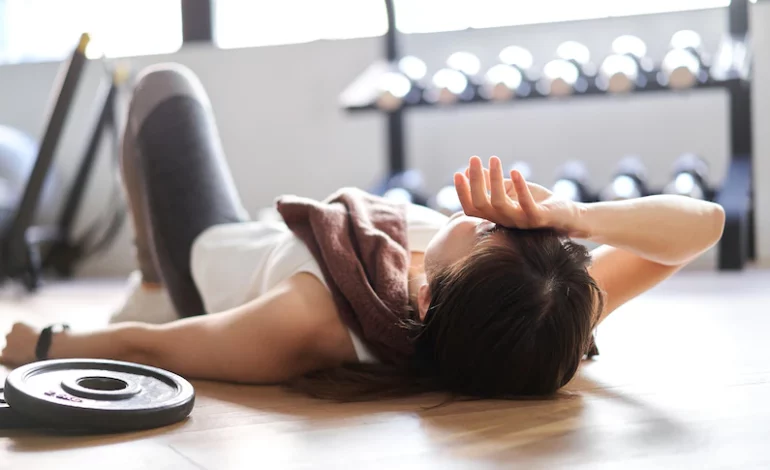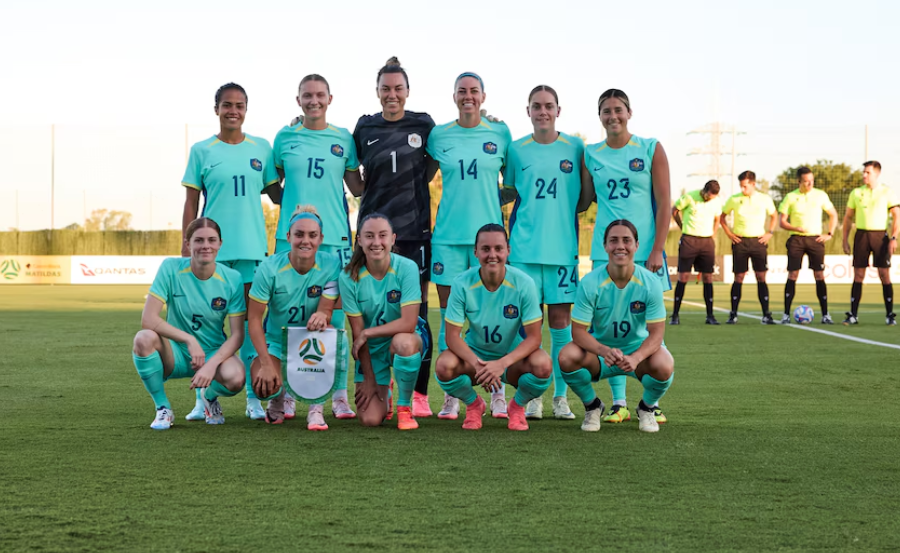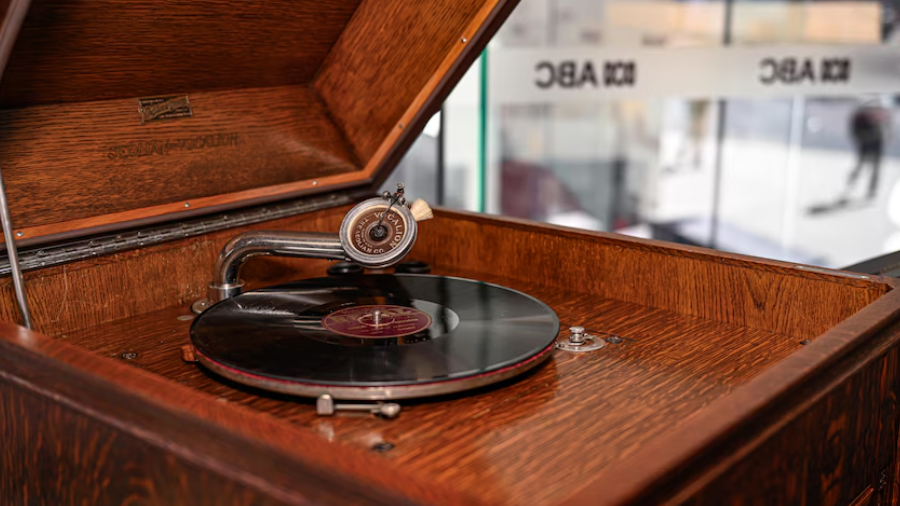‘No pain, no gain’ debunked: Why post-exercise soreness is not essential for building muscle

No pain, no gain — right?
Well, if you’re looking to build muscle, not necessarily. Chasing discomfort might even slow you down.
“We don’t need any pain to gain,” says Ken Nosaka, an exercise and sport scientist at Edith Cowan University.
Professor Nosaka is referring to a type of pain many people would be familiar with: delayed onset muscle soreness or DOMS.
It’s the pain that creeps in 12 to 24 hours after a workout. Despite common belief, these aches aren’t always a sign you’re making progress in the gym.
The science of bulking
Strong muscles are beneficial for your health, whether you’re working towards a six-pack or not.
They can protect your joints and lower your risk of injury, especially as you age. Increasing muscle mass also boosts your metabolism and improves blood sugar levels.
So what’s going on in your muscle tissue when you’re pumping iron?
You’re trying to achieve muscle hypertrophy, or an increase in muscle mass.
You may have heard you need to damage your muscles to bulk up — that exercise causes microtears in muscle tissue, and your muscles grow when they repair.
But Professor Nosaka says there’s no evidence that muscle damage leads to muscle growth.
“The direct cause and effect is yet to be established,” he says.
Studies show that as workouts progress, muscle damage subsides, while muscle growth continues.
If microtears aren’t the key to muscle growth, then what is?
The synthesis of protein in the muscles is what maintains and builds muscle mass. Both protein synthesis and protein breakdown ramp up during exercise.
This all happens independent of muscle damage.
To grow your muscles, you want greater protein synthesis than protein breakdown. The kind of exercise you do, and the food you eat, can influence this balance.
Maximising muscle
Ways you can give this process a leg-up include eating protein before you exercise, and focusing on certain kinds of movement.
The main types of muscle actions are isometric, isotonic, concentric and eccentric.
An isometric exercise is something like a plank or a wall sit, where the length of the muscle doesn’t change.
An isotonic exercise is like a curl or a squat, where the length of the muscle does change.
Isotonic exercise can be split into concentric and eccentric contractions.
Eccentric contractions — when the muscle lengthens — are thought to be the key to building muscle. They trigger pathways that increase the rate of protein synthesis.
“Concentric contraction [when the muscle shortens] can also increase synthesis, but to a smaller extent,” Professor Nosaka says.
So lowering a dumbbell (eccentric) is more beneficial than lifting it (concentric). Walking downstairs (eccentric) is better for muscle growth than walking upstairs (concentric).
A 2017 study showed a group of older women with obesity who walked downstairs twice a week for three months had lower resting heart rates and systolic blood pressure at the end of the study than those who walked up.
Researchers also saw greater improvements in their bone density and strength — in fact, their strength gains were more than double those of the upstairs walkers.
“In this particular study, even though they saw the increase in strength, there was no damage at all,” Professor Nosaka says.
There was also no DOMS reported.
That’s despite eccentric contractions being more likely to bring on pain, because they put more stress on your muscles.
Easing the pain
Professor Nosaka says the pain from eccentric contractions is your body’s way of saying you need to exercise those muscles more.
“Unfortunately, if you get sore after exercise, I think your body is telling you how lazy you’ve been,” he says.
In other words, you’re not accustomed to the exercise you’re doing.
And while DOMS does subside within a week or two, in the meantime it can slow down your progress and lead to injuries.
There are ways to reduce your risk of soreness after exercising, including building up your strength slowly.
“When we gradually increase the intensity, no muscle damage occurs,” Professor Nosaka says.
“No-one gets soreness.”
If you’re in the midst of DOMS, massage can help ease the pain. Light exercise also has a temporary pain-relieving effect.
If you’ve been using soreness as a measure for how hard you’ve worked in the gym, that might be more difficult to untangle.
For some people DOMS can be a motivator, and a way to connect with other gym-goers. But Professor Nosaka says that’s a risky attitude.
“Because then when they stop feeling pain, they think they have to do more and more. That leads to overtraining.”
Still, soreness doesn’t need to be avoided entirely. DOMS isn’t a sign you need to stop exercising, but rather change your approach.
“We need to put in effort,” Professor Nosaka says. “But we don’t need to damage the muscle. It takes several days to recover, and then we can’t train during that period.
“It is better to have good, high-quality training — frequently — without any damage.”
SOURCE: ABCNEWS





